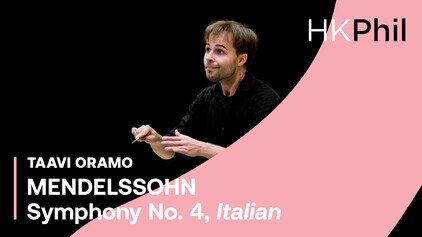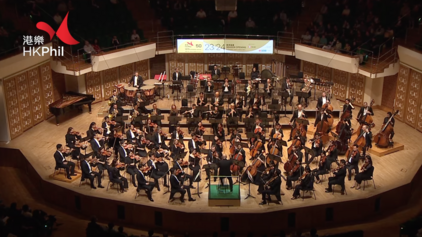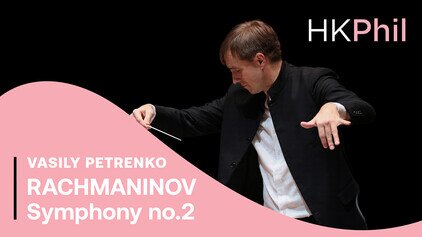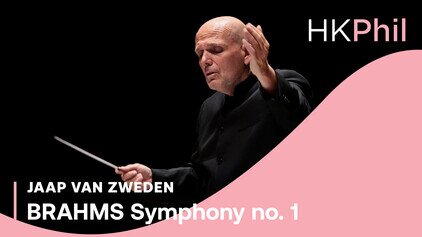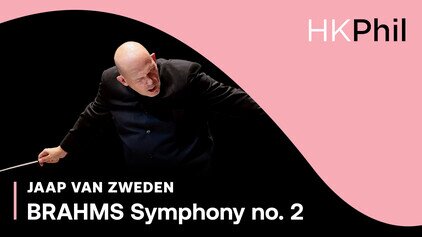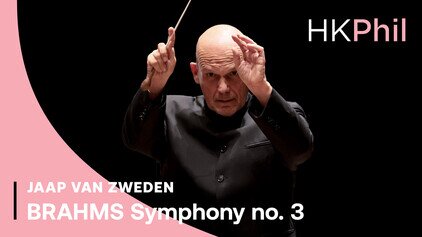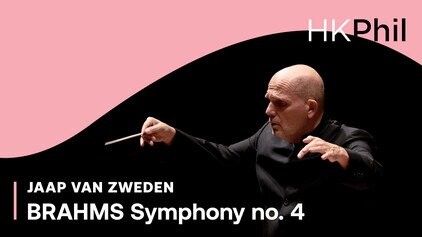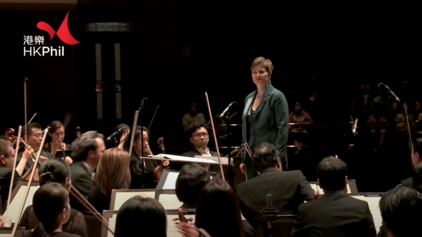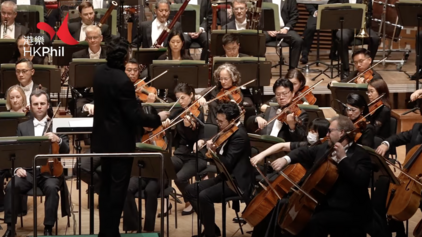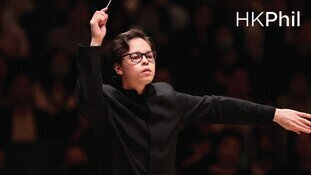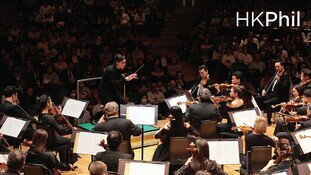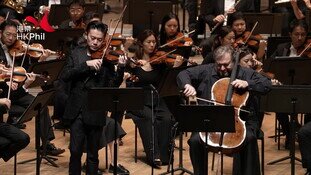SCHUMANN | Symphony no. 4
PROGRAMME
ROBERT SCHUMANN (1810–1856)
Symphony no. 4 in D minor, op. 120 (1851 version)
- Ziemlich langsam – Lebhaft
- Romanze: Ziemlich langsam
- Scherzo: Lebhaft
- Langsam – Lebhaft
THE MUSIC
The whole orchestra sounds a unison A – in classical harmony, the natural upbeat to D minor. And as the music hangs there, poised, a low, melancholy theme emerges from its shadow and begins to uncoil: as if the composer’s imagination is winding itself up to make a truly dramatic leap. In the opening bars of Schumann’s D minor Symphony, it’s hard not to imagine that we’re hearing what Clara Schumann was hearing when, on 31 May 1841 she wrote in her diary that:
He has begun a new symphony. As yet I have heard little about it, but from Robert’s way of going on, and D minor sounding wildly in the distance, I know that another composition is being born of his deepest soul.
Schumann had completed his First Symphony just weeks earlier, and its premiere under Felix Mendelssohn on 31 March had been one of the happiest moments of his career. He’d since completed a high-spirited “symphonette” (later titled Overture, Scherzo and Finale) and now he pressed on with the work he intended as his Second Symphony.
And although the thin walls of their Leipzig home meant that her piano practice suffered whenever Robert was composing, Clara was delighted. “My greatest wish is for him to compose for orchestra – that’s his true field,” she’d confided to her diary the previous year. “May I succeed in leading him to it.” On the morning of 1 September 1841 Clara gave birth to their first child, Marie. Twelve days later, on her 22nd birthday, and the day after their first wedding anniversary, Robert presented her with the score of his Symphony in D minor.
Even for a musician as accomplished as Clara, it must have made astonishing reading. The symphony was in four movements, but they were designed to play without a break, and were tied together by a network of interrelated themes and motifs. Everything grows from that tense introduction: as the Lebhaft first movement rockets away, the crest of its bustling first theme echoes the undulating shape of those first bars. Schumann works that theme so hard that there’s no room for a traditional sonata-form “second subject”; instead, a completely fresh melody sings cheerfully out from the peak of the development, releasing a brilliant new surge of energy.
A sombre woodwind chord forms the bridge to the Romanze, and a melancholy oboe serenade serves as a poignant frame to the dreamy central section, where a solo violin sings tender arabesques. It’s one of those magical Schumann moments – which then re-appears as the central section of the Scherzo; both a coded love-note to Clara, and a gentle contrast to the hobnailed severity of the Scherzo (itself crafted from the falling-rising motif we heard at the very start of the symphony). The music dissolves into a romantic mist, through which great craggy forms loom and rear, before clearing, brightening, and with a confident flourish launching into a vigorous finale.
That’s Schumann all over; that combination of headlong ardour and deep poetry. For this supreme Romantic, musical form was always about emotional truth, even when – as with this symphony – that form was so imaginative and new that the composer seriously considered calling it a “Symphonic Fantasy”. It was too new for 1841: the first performance, on 6 December, was not a success and Schumann withdrew the work until 1851, when he carried out a full revision – tightening the structure, and removing some of the details (such as his use of a guitar in the Romanze) where fantasy couldn’t survive the demands of practicality.
By then, Schumann had completed two more symphonies; that’s why this work is known today as his Fourth Symphony. But with or without revision, it’s still the inspiration of that extraordinary, newly-wed rush of creative enthusiasm; and as the finale resolves, with a flurry of cellos, into a jubilant D major, you can’t help but share its composer’s joy. “I had quietly finished,” wrote Robert on the day he showed Clara the completed work:
What else could I offer her but my artistic endeavours? And how lovingly she sympathises with them! One thing makes me happy; the knowledge that though I am far from my artistic goal, I have the strength to attain it. So, my Clara, courage – and forward we march together!
Programme note by Richard Bratby
Artist
SUPPORT THE HK PHIL'S ONLINE PROGRAMMES
The Ambassador Fund allows the orchestra to produce various online programmes, keeping our connection with the communities. The HK Phil has released over 80 online programmes and garnered over 1.5 million views since the pandemic. Your donation supports production costs incurred and helps us share music!
Symphonies
Other videos in this series











